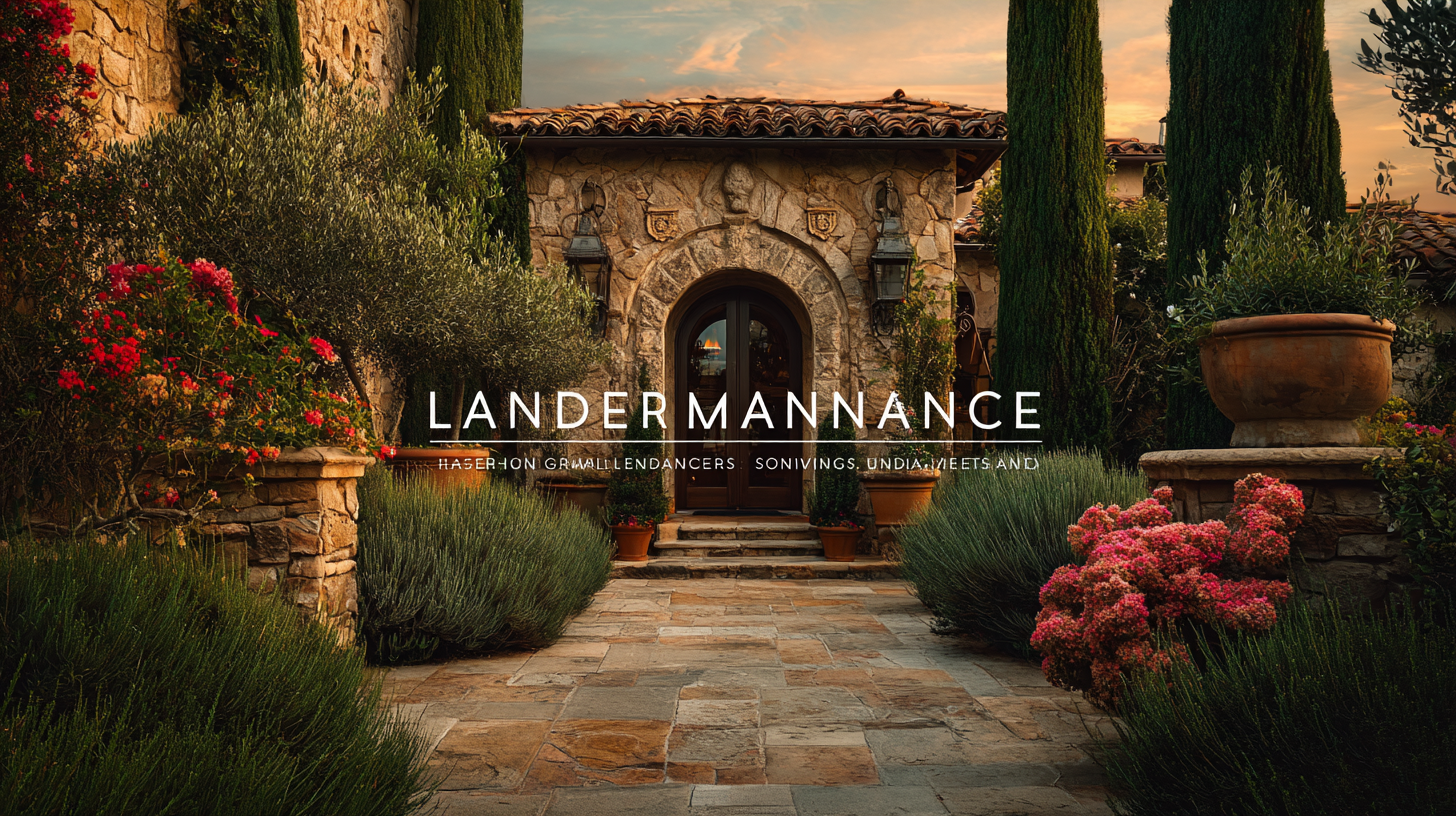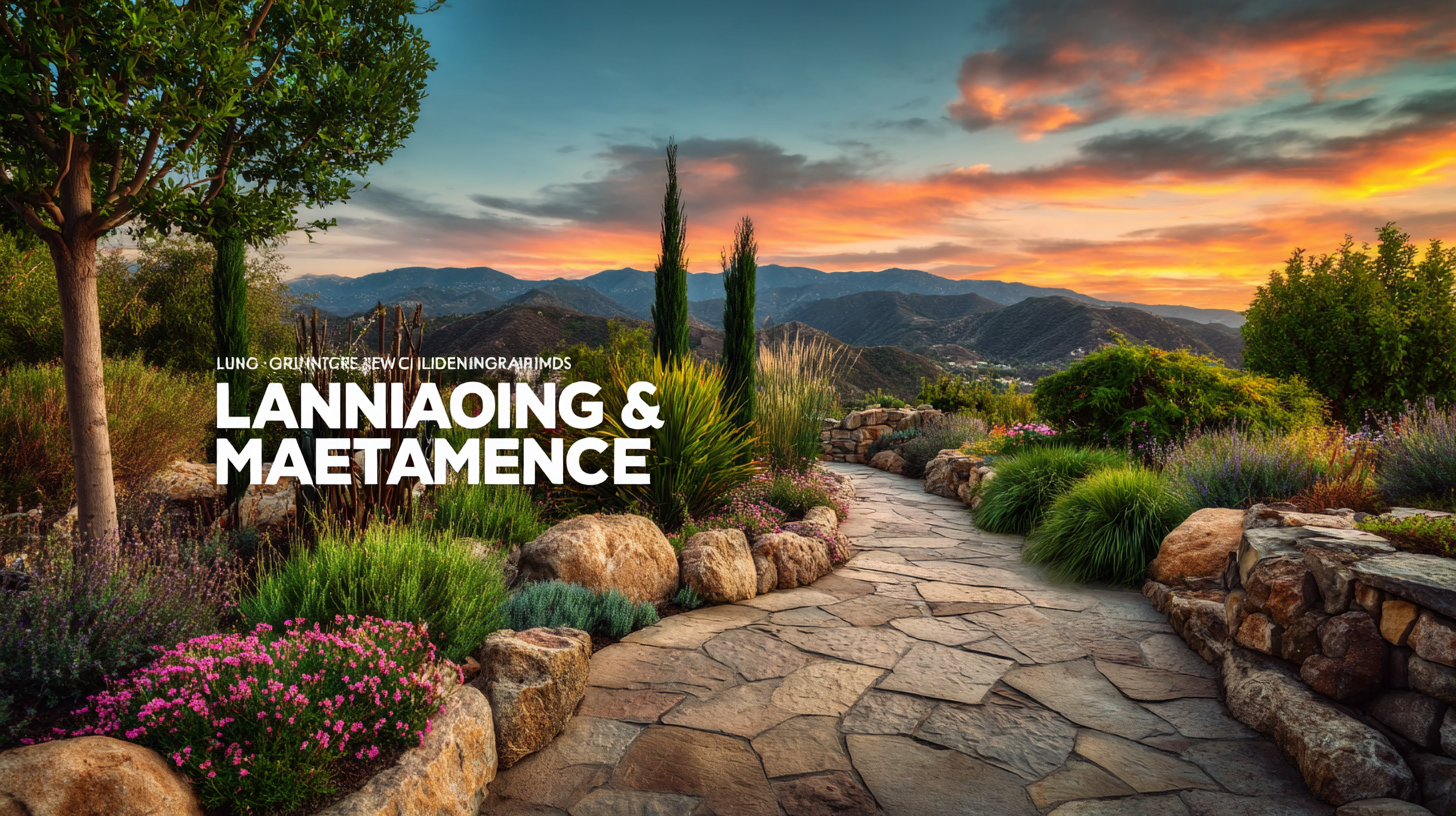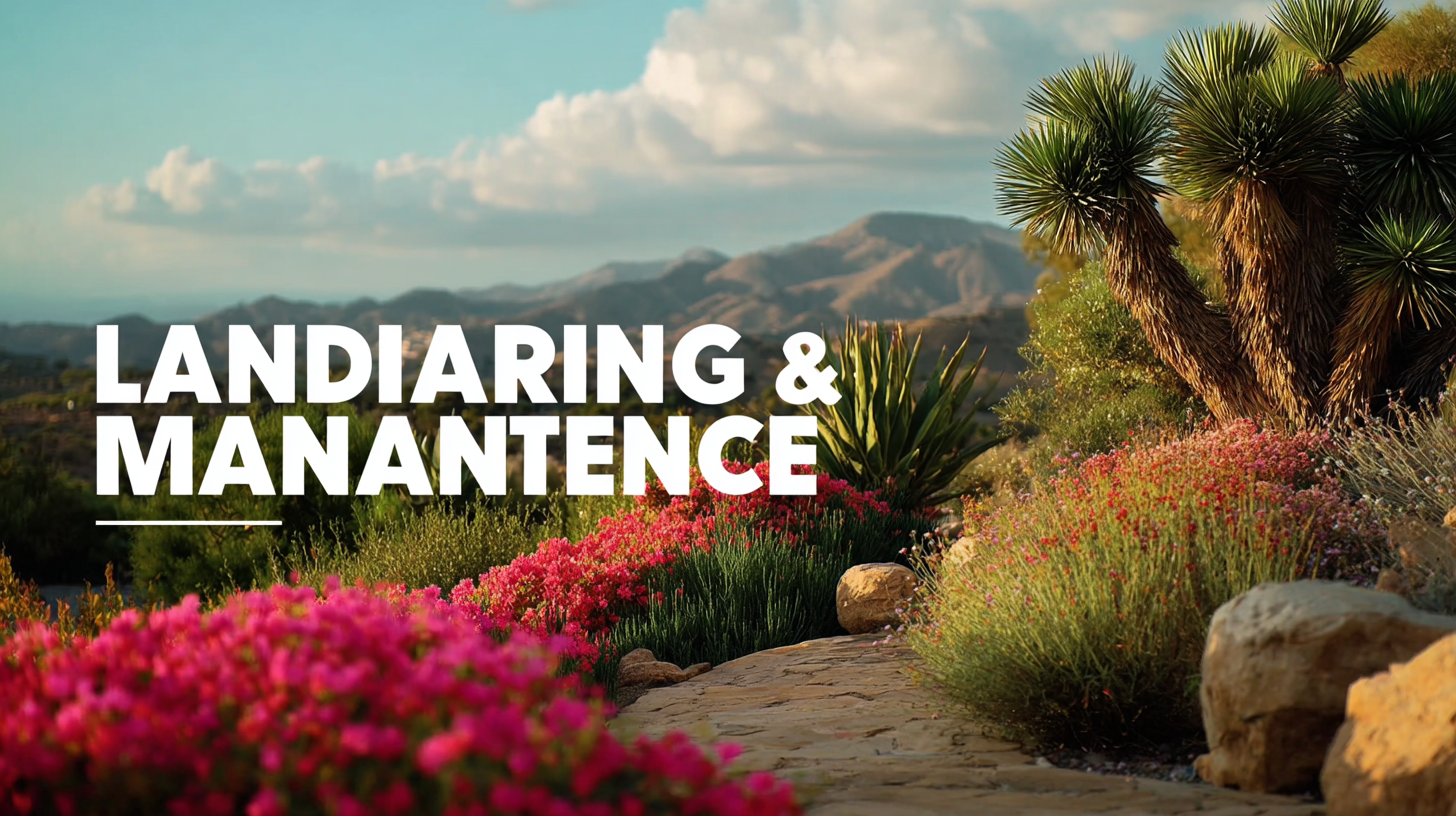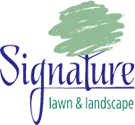Blog
Signature Lawn and Landscape LLC
Exploring Versatile Landscaping And Maintenance Solutions for Global Buyers
Landscaping And Maintenance solutions are becoming increasingly pivotal in the global marketplace, reflecting a significant shift in consumer preferences and environmental considerations. According to the latest market research report by IBISWorld, the landscaping industry globally is projected to reach approximately $105 billion by 2024, growing at an annual rate of 4.5%. This growth is attributed to a rising demand for sustainable landscaping practices and enhanced outdoor living spaces amongst residential and commercial property owners alike. Furthermore, the global introduction of stringent export and import certification standards in the landscaping sector is reshaping the way products and services are delivered, ensuring compliance with environmental regulations and quality benchmarks. As buyers navigate the complexities of international trade in landscaping and maintenance products, understanding these dynamics will be crucial for sourcing versatile solutions that meet diverse needs worldwide.

Emerging Technologies in Landscaping: A 2025 Perspective on Market Trends and Innovations
As we approach 2025, the landscaping industry is poised to embrace a wave of emerging technologies that will transform maintenance solutions for global buyers. Current advancements echo the trends observed in other industries, such as the semiconductor space, where innovations like chiplet technology are redefining product capabilities. In landscaping, we are likely to see a shift toward smart technologies that enhance efficiency and sustainability. Automated irrigation systems, drones for landscape assessment, and AI-driven design tools represent just a fraction of what’s on the horizon.
 Moreover, the convergence of landscaping with digital advancements indicates a broader narrative about consumer expectations and experiences. Similar to how social platforms have disrupted media in engaging consumer interactions, landscaping solutions will increasingly rely on user feedback and data integration to tailor services. The incorporation of these technologies not only facilitates better ecological practices but also aligns with the increasing demand for personalized landscaping experiences. As we navigate through 2025, it is essential for industry stakeholders to stay ahead of these trends to meet evolving market demands efficiently.
Moreover, the convergence of landscaping with digital advancements indicates a broader narrative about consumer expectations and experiences. Similar to how social platforms have disrupted media in engaging consumer interactions, landscaping solutions will increasingly rely on user feedback and data integration to tailor services. The incorporation of these technologies not only facilitates better ecological practices but also aligns with the increasing demand for personalized landscaping experiences. As we navigate through 2025, it is essential for industry stakeholders to stay ahead of these trends to meet evolving market demands efficiently.
Sustainable Landscaping Solutions: The Role of Eco-friendly Practices in 2025
As we approach 2025, the importance of sustainable landscaping solutions has never been more pronounced. Eco-friendly practices are not merely trends; they represent a necessary shift in how we approach outdoor spaces. From using native plants that require less water to implementing permeable paving that reduces runoff, these practices play a crucial role in preserving the environment while enhancing aesthetic appeal. Buyers around the globe are increasingly seeking solutions that not only beautify their landscapes but also contribute to the health of the planet.
Additionally, sustainable landscaping encompasses the use of organic materials and eco-friendly pest control methods that minimize harm to local ecosystems. Adopting these practices not only ensures a vibrant and thriving garden but also fosters biodiversity. As consumers become more environmentally conscious, the demand for versatile landscaping solutions that adhere to sustainability principles will continue to grow. The choice to integrate eco-friendly practices into our landscaping endeavors is a powerful step towards building a greener future, aligning our outdoor designs with holistic environmental responsibility.
Automation in Landscape Maintenance: Statistical Insights into Robotic Solutions Adoption
The landscape maintenance industry is witnessing a significant transformation through the adoption of robotic solutions. Automation not only enhances efficiency but also reduces labor costs, making it an attractive option for global buyers. Recent statistical insights indicate that countries with higher technological adoption rates are leading in the implementation of robotic landscape maintenance. These innovations are particularly beneficial in managing large properties where manual maintenance can be labor-intensive and time-consuming.
When considering robotic solutions, it is essential to evaluate the specific needs of your landscape. **Tip 1:** Assess the size and complexity of your yard—different robots are designed for various types of environments. Additionally, **Tip 2:** Invest in models equipped with advanced features such as GPS navigation and customizable settings, which can greatly enhance their performance and adaptability to changing landscape demands. This thoughtful approach to automation can significantly improve maintenance outcomes and aesthetics while minimizing the need for constant human intervention.
As automation continues to evolve, the integration of data analytics in landscape maintenance will become more prevalent. **Tip 3:** Stay informed about the latest trends in technology and user feedback to make educated decisions on robotic tools that best suit your landscape's requirements. Embracing these advancements can help create a vibrant and sustainable outdoor environment, ultimately benefiting property owners and their communities.

The Impact of Augmented Reality on Landscape Design: Future Opportunities for Global Buyers
The integration of augmented reality (AR) into landscape design is revolutionizing how global buyers approach outdoor spaces. This technology allows designers to create immersive experiences that visualize future landscapes before any physical work begins. By using AR, clients can explore various plant selections, hardscaping options, and layout configurations in a lifelike setting, making the decision-making process more informed and engaging.
Tips for Using Augmented Reality in Landscape Design:
1. Visualize Before You Finalize: Take advantage of AR applications to see how different elements will look in your space. This can help avoid costly mistakes and ensure that the final design aligns with your vision.
2. Experiment with Different Styles: Use AR to experiment with various design styles, from modern minimalist to lush tropical gardens. This flexibility can spark creativity and lead to innovative combinations that might not have been considered otherwise.
As AR technology continues to evolve, it opens up new opportunities for landscape designers to collaborate more effectively with their clients. The ability to visualize and modify designs in real-time can lead to more personalized and satisfying results, meeting the unique needs of global buyers.
Data-Driven Landscape Management: Leveraging Analytics for Enhanced Maintenance Efficiency in 2025
In 2025, the landscape management industry will increasingly rely on data-driven approaches to enhance maintenance efficiency. According to a report by the National Association of Landscape Professionals, integrating analytics in landscape maintenance can lead to an estimated 30% reduction in operational costs. By harnessing technology such as real-time soil sensors and weather prediction models, buyers can optimize their landscaping strategies, ultimately improving plant health and aesthetic appeal.
Tip: Invest in smart irrigation systems equipped with soil moisture sensors. These technologies adjust water usage based on real-time data, conserving water while ensuring optimal growth conditions.
Moreover, analytics can provide valuable insights into seasonal trends and pest activity, helping landscape professionals make informed decisions. A comprehensive study from MIT reveals that businesses employing predictive analytics see a 55% increase in customer satisfaction due to timely and efficient maintenance services. By leveraging data, global buyers can create resilient landscapes that thrive in changing climates.
Tip: Regularly analyze data from your landscaping efforts to adapt maintenance schedules. Staying proactive rather than reactive can prevent costly damages and foster sustainable growth.


Share On: